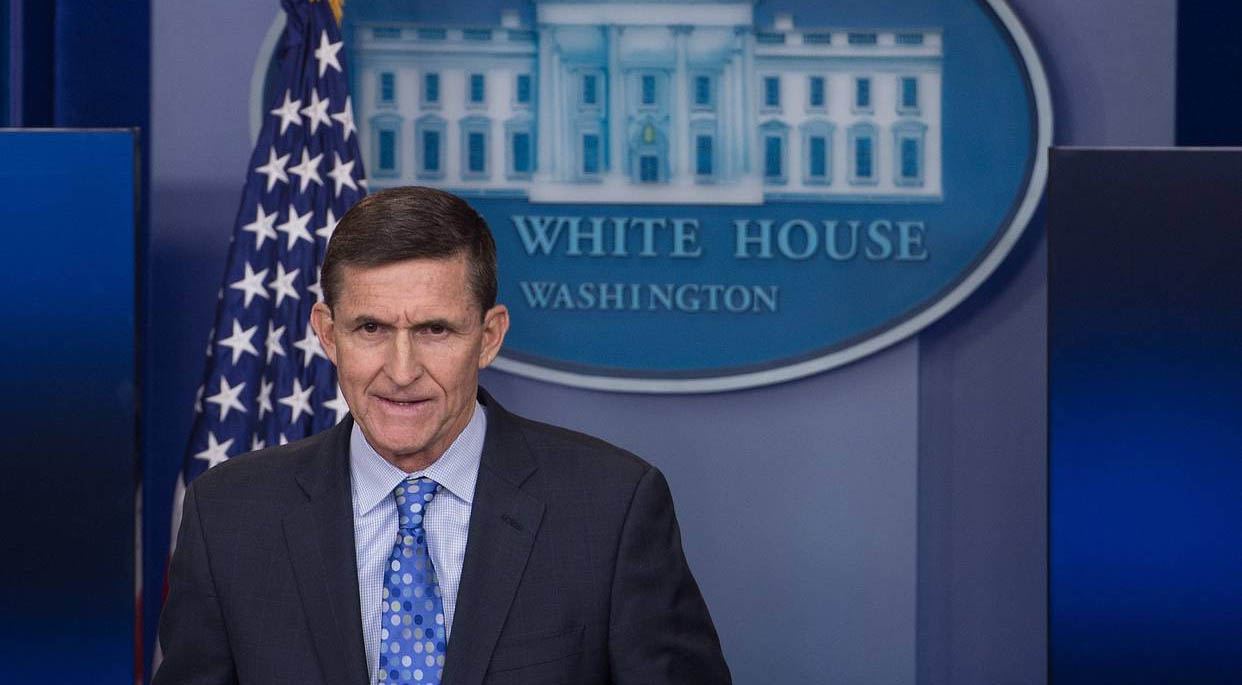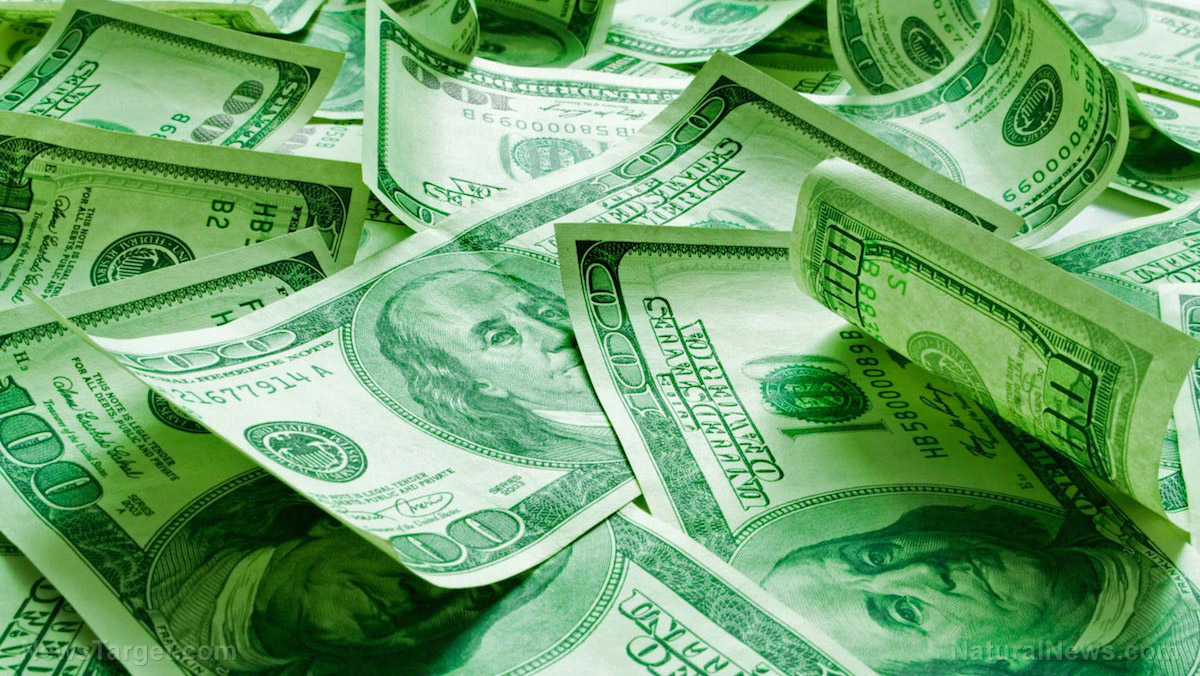Continued inflation pushing people to discount stores for better deals
By ramontomeydw // 2021-11-16
Tweet
Share
Copy

Supply chain issues and rising prices due to inflation are now driving customers to discount stores.
Steve Shaw, senior vice president of transaction data insight company Facetus, explained the sudden influx of people in discount stores. He said that the trend likely relates to discount stores having better supply chain logistics and lower prices.
"Obviously, with holiday shopping starting to trend up and inflation happening – consumers are looking to those types of stores and try to get their shopping done before supply chains maybe mess up Christmas gifts. People are just afraid that things are not going to be there, so they're shopping early and they're wanting to shop at stores where things are cheaper," Shaw told the Daily Mail.
Based on figures from Shaw's company, discount store spending rose by 65 percent as of November 7 this year, compared to a mere 16 percent from the same period in 2019.
Walmart and Dollar General saw boosts ahead of the holidays – with the former accounting for 46 percent of the market share and the latter accounting for 22 percent. Target took 15 percent of the market share, with Ross following at six percent and Big Lots accounting for three percent. Other discount stores made up eight percent of the market share.
However, even discount stores are now feeling the effects of inflation. Discount store Dollar Tree announced that increased shipping costs and inflation have forced it to raise prices. The discount store known for its $1 items will now also carry products priced higher than usual.
"For decades, our customers have enjoyed the 'thrill-of-the-hunt' for value at $1 – and we remain committed to that core proposition. [But] many are telling us that they also want a broader product assortment when they come to shop," Dollar Tree CEO Michael Witynski said in a statement.
Inflation pushing prices to record highs in different cities
The Consumer Price Index (CPI) showed inflation at its highest in 31 years. It found that prices of everyday goods rose by 6.2 percent in October 2021 – the highest increase since November 1990. Different kinds of food items saw different degrees of price increases. Steak prices saw a 24 percent increase, while bacon prices had a 20 percent increase in price. Prices of eggs saw a 11.6 percent spike, while those of cereals saw a 4.5 percent increase. (Related: Inflation is making cheap food a thing of the past in Great Britain.) Even non-food items saw a huge leap in prices, CPI figures showed. Fuel saw a 59 percent increase, and prices of used cars shot up by 26 percent. Prices of laundry equipment saw a 15 percent price increase, while furniture prices rose by 12 percent. Those living in cities based in conservative states were hit harder by inflation compared to those in liberal states. CPI data reflected that residents in Atlanta metropolitan area faced the worst inflation increases over the past year. Atlanta residents saw prices of goods rise by 7.9 percent and transportation costs rise by 21 percent. Other locations in conservative states saw huge price increases over the past year. Prices of everyday goods in St. Louis rose by 7.5 percent, while some cities in Arizona saw a 7.1 percent increase. Baltimore, Detroit, Houston, Miami and Seattle reported more moderate price increases. Meanwhile, residents of the New York City metropolitan area only experienced a 4.3 percent price increase. Residents of San Francisco's Bay Area reported the lowest price increase at 3.8 percent. The figures reflected a shift in demographics amid the pandemic as people left larger liberal cities for more conservative locations.Federal officials see the issue differently
Top U.S. economists pointed to supply chain shortages and businesses struggling to meet post-lockdown demand as the reason for the higher prices. However, President Joe Biden said the 6.2 percent increase in the CPI was the product of market manipulation and rising gas prices. He made this claim on a Nov. 10 speech he delivered at the Port of Baltimore. (Related: INFLATION: Prices of groceries, gas rise as Biden's money printing machine goes into overdrive.) Biden also mentioned that most Americans cannot understand the problems facing the U.S. supply chains. "You hear a lot about the supply chains in the news but frankly, not a lot of people have a clear understanding – whether they have a Ph.D. or they didn't go to school – about how a supply chain works. In simple terms, supply chain is just the journey that a product takes to get to your doorstep." The president is not the only one espousing an apparently misguided perspective of the issue. Back in October 2021, White House Press Secretary Jen Psaki said product shortages and rising prices are positive signs during an interview with news anchor Jake Tapper. The anchor asked Psaki whether empty grocery shelves and more expensive items are simply "high-class" problems. "The fact is: The unemployment rate is half of what it was about a year ago. More people have jobs, more people are buying goods, that's increasing demand. That's a good thing. At the same time, we know supply is low because we're coming out of the pandemic," the press secretary answered. Nevertheless, Biden insisted during his Baltimore speech that his $1.2 trillion Build Back Better infrastructure bill will help slow the growing inflation problem. Bubble.news has more articles about inflation in the United States. Sources include: DailyMail.co.uk ZeroHedge.comTweet
Share
Copy
Tagged Under:
collapse crisis panic chaos products inflation grocery bubble consumer spending supply chain price increases increased demand product shortages holiday shopping discount stores
You Might Also Like
By Lance D Johnson // Share
The Mass Media Complex of America is a PANDEMIC of misinformation
By S.D. Wells // Share
The Weimar Republic comes to Nordstrom
By News Editors // Share
Recent News
A nation’s breaking point: Massive fraud case embodies epidemic of distrust
By willowt // Share
UK implements junk food ad ban while food industry finds ways around new rules
By isabelle // Share
"Absolute Healing" on BrightU: How the spike protein was designed to infiltrate your DNA
By jacobthomas // Share
How immunosuppressant drugs deplete vital minerals
By avagrace // Share
Breakthrough laser technology could revolutionize desalination, but globalist agendas loom
By patricklewis // Share











